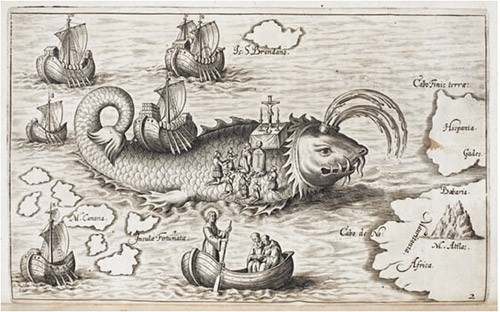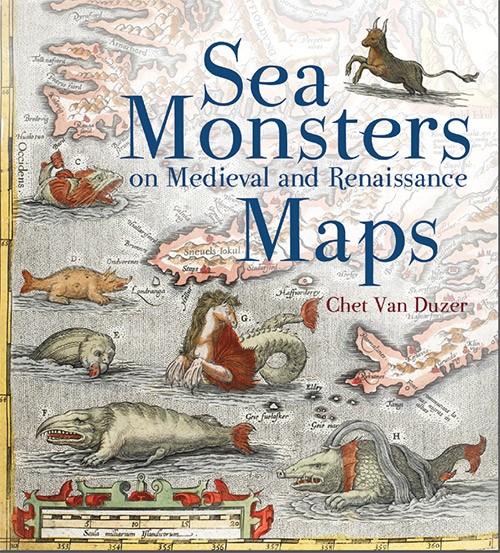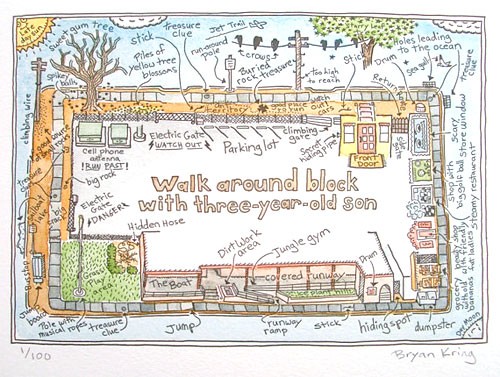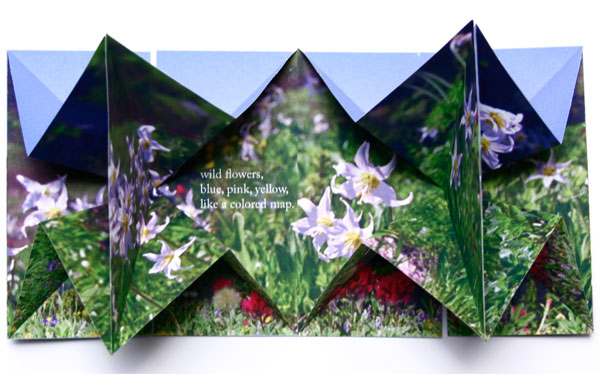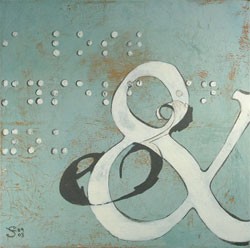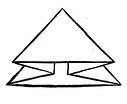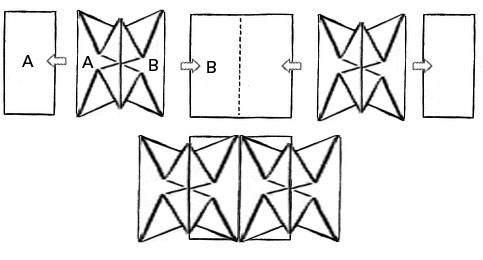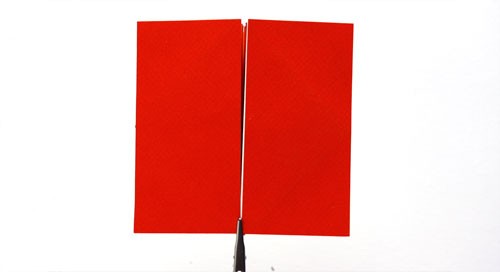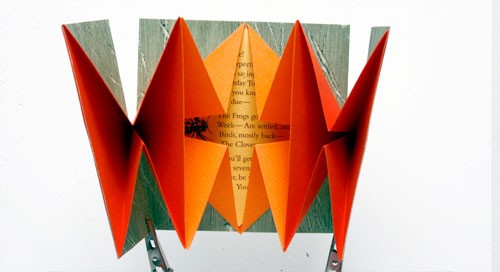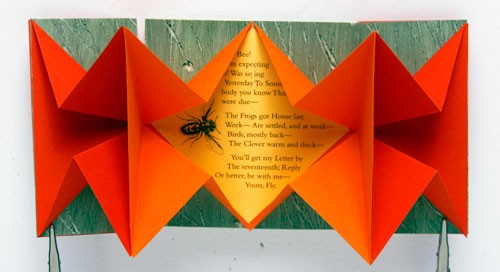This great picture [St. Brendan’s ship on the back of a whale, and his men praying, in Honorius Philoponus, Nova typis transacta navigatio (Linz: s.n., 1621), p. 12 (British Library, G.7237)] comes from Sea Monstors on Medieval and Renaissance Maps by Chet Van Duzer and published by the British Library. They say
Whether swimming vigorously, gamboling amid the waves, attacking ships, or simply displaying themselves for our appreciation, the sea monsters that appear on medieval and Renaissance maps are fascinating and visually engaging
Below is the cover picturing more great sea monster drawings. These sample pages (PDF) have more pictures, maps and excerpts from the book.

